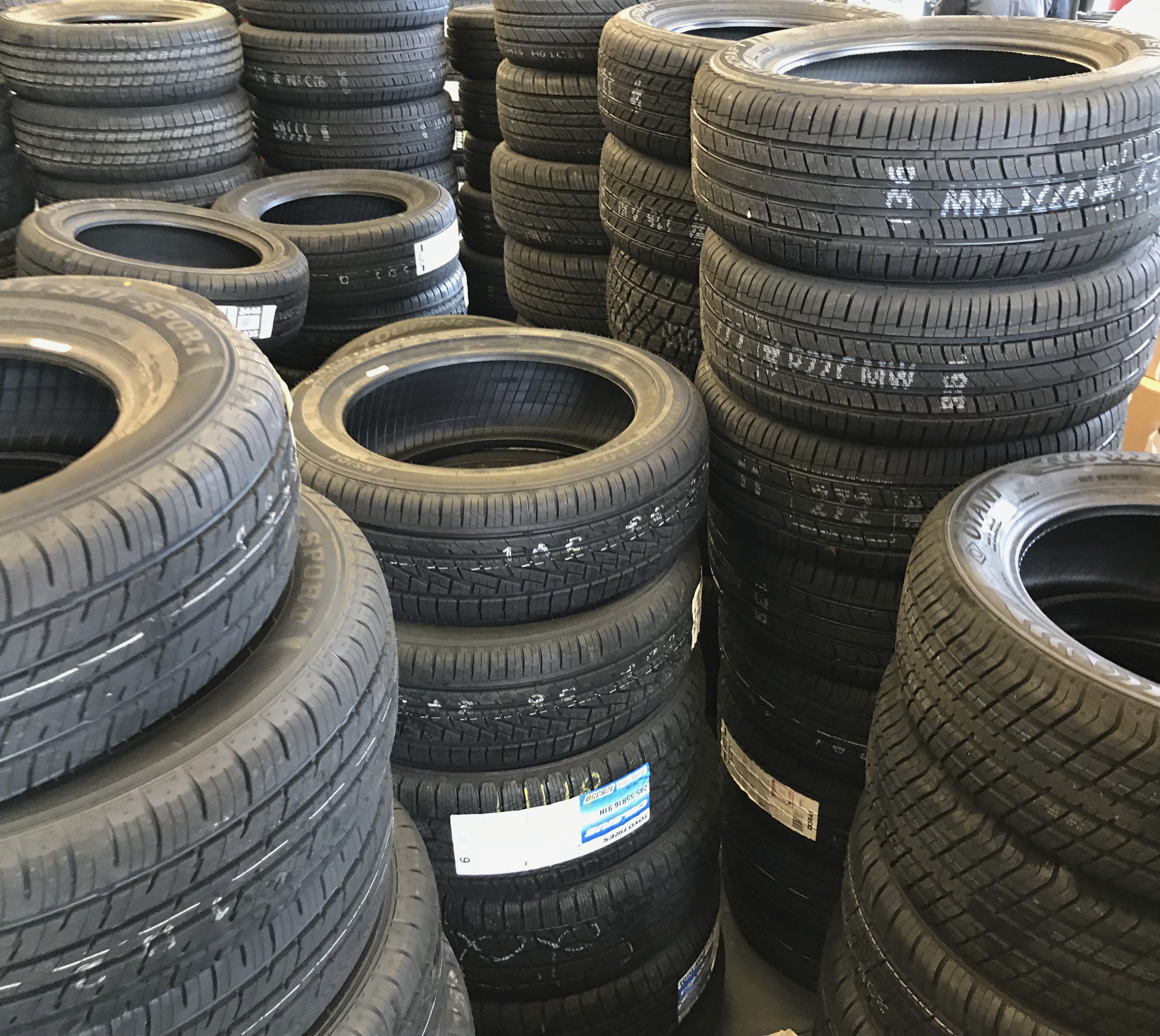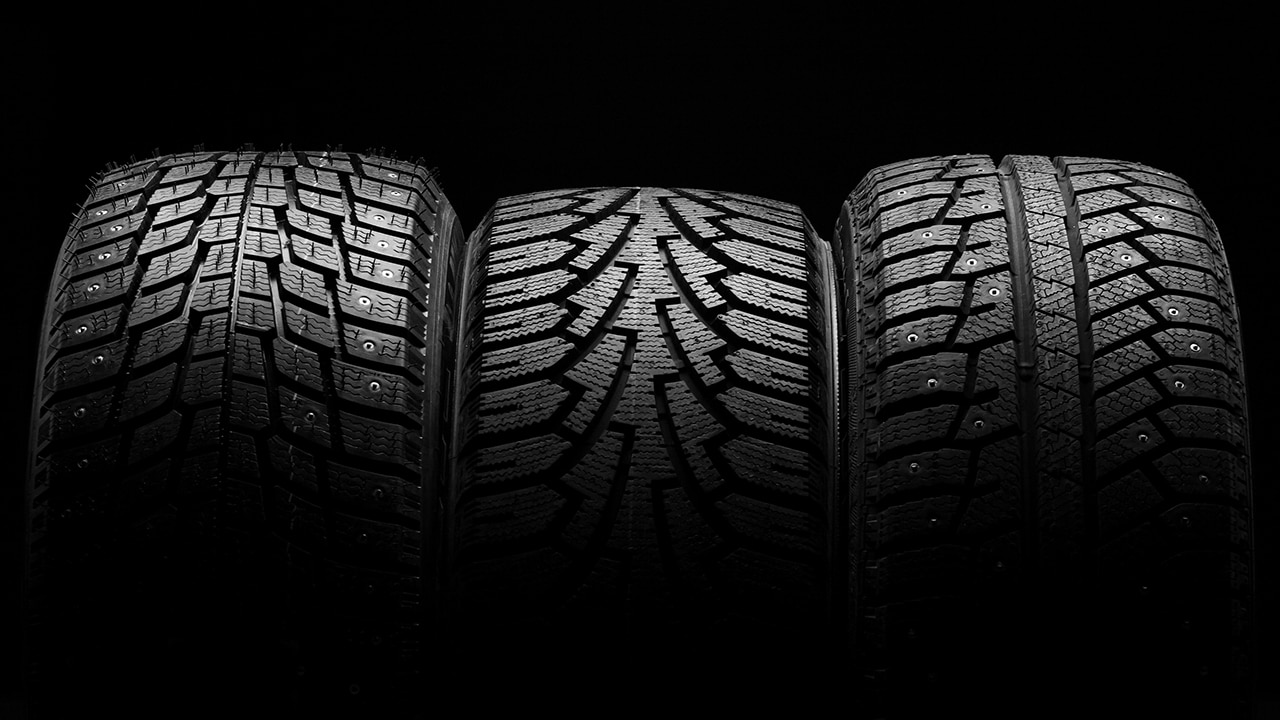All Categories
Featured
Table of Contents
The Michelin used a comfortable driving experience, qualified by responsive steering and a dynamic understeer equilibrium. Despite the cooler screening problems, Michelin's regular time and grasp over 3 laps shows its suitability for real-world applications.
An additional significant element was Yokohama's warm-up time. The tire's initial lap was a 2nd slower than the second, indicating a temperature-related grasp boost. This suggests the Yokohama might beam in dry, race-like problems. For day-to-day usage, the Michelin might be a more secure wager. Next off in line was the Hankook.
Honest Budget Tyres
It shared Michelin's secure understeer balance yet did not have the latter's readiness to turn. Continental and Goodyear's performances were noteworthy, with Continental's brand-new PremiumContact 7 revealing a considerable improvement in damp conditions contrasted to its precursor, the PC6. This model was far much less conscious load adjustments and behaved much like the Michelin, albeit with a little much less interaction at the restriction.
It incorporated the safe understeer equilibrium of the Michelin and Continental with some flashy handling, verifying both foreseeable and fast. As an all-rounder for this Golf GTI, Goodyear's Uneven array was the standout, demonstrating impressive efficiency in the damp. The Bridgestone Potenza Sport took the crown as the fastest tire, albeit by a little margin.
This tyre obtained grippier as it heated up, similar to the Yokohama. Vehicle drivers looking for an interesting wet drive may discover this tire worth considering. The standout entertainer in wet braking was the most recent tyre on test, the PremiumContact 7, though the outcomes are nuanced. We performed wet stopping tests in three different methods, twice at the new state and once at the worn state.
Leading Tyre Care – Bayswater
Preferably, we wanted the cool temperature level test to be at around 5-7C, however logistical delays meant we tested with an ordinary air temperature of 8C and water at 12C. While this was cooler than basic examination conditions, it was still warmer than real-world problems. The cozy temperature test was done at an average of 18C air and 19C water.
The 3rd run involved wet stopping tests on used tyres, especially those machined down to 2mm with a small confrontation. While we meant to do even more with these used tyres, weather restrictions limited our testing. It's worth keeping in mind that wet braking is most critical at the used state, as tires normally improve in completely dry conditions as they put on.

Bridgestone, Goodyear, and Michelin saw the least performance reduction when used. The Hankook tyre registered the smallest efficiency decrease as temperatures cooled, but it was among the most affected when worn.
Reliable Tyre Safety Checks
The take-home message below is that no single tyre mastered all aspects of wet stopping, suggesting a complex interplay of aspects affecting tire performance under different problems. There was a standout tyre in aquaplaning, the Continental completed top in both straight and curved aquaplaning, with the Michelin and Goodyear also great in much deeper water.

Yokohama can benefit from somewhat more hold, a problem possibly affected by the cooler problems. As for handling, all tires executed within a 2% range on the lap, demonstrating their high-grade performance (Tyre replacement). Thinking about these tires basically target the same consumer, it's intriguing to observe the substantial distinctions in feeling.
The surprise is since the PremiumContact 6 was among my favourites for stylish completely dry drives, however its successor, the PremiumContact 7, seems extra mature and appears like Michelin's performance. Among these, Hankook was the least specific in guiding and interaction at the restriction. Tyre servicing. Both Michelin and Continental provided charming first guiding, albeit not the fastest
If I were to advise a tire for a quick lap to a newbie, claim my dad, it would be one of these. We have the 'fun' tires, namely Yokohama and Bridgestone. Both were swift to guide and felt sportier than the others, however the trade-off is an extra lively rear end, making them a lot more difficult to handle.
Best Tyre Offers ( Bayswater 6062 WA)
It provided comparable steering to Bridgestone but offered better comments at the limit and better grip. The Bridgestone Potenza Sport, nevertheless, seemed to deteriorate quite swiftly after simply three laps on this requiring circuit. There's Goodyear, which positioned itself someplace in between the fun tyres and those having a tendency towards understeer.
All in all, these tires are superb performers. In terms of tire wear, the approach utilised in this test is what the sector refers to as the 'gold criterion' of wear.
Both the Bridgestone and Yokohama tyres dramatically underperformed in comparison to the various other 4 tires in terms of rolling resistance, with Continental slightly surpassing the rest. Concerning the comfort level of the tyres, as anticipated, many demonstrated an inverted relationship with handling. The Continental, Michelin, and Goodyear tires done ideal throughout various surface kinds evaluated.

Bridgestone started to reveal indications of suppleness, while Yokohama was specifically disconcerting over pockets. We did measure interior sound degrees; nonetheless, as is typically the instance, the outcomes were carefully matched, and due to weather restrictions, we were not able to conduct a subjective assessment of the tyres sound. Ultimately, we took a look at abrasion figures, which determine the quantity of tire walk shed per kilometre, normalised to a one-tonne vehicle.
Tyre Inspections Near Me – Embleton
This number represents the amount of rubber dirt your tires produce while driving. Michelin led in this classification, producing over 9% less rubber particle matter.
Latest Posts
Tyre And Wheel Services ( Stirling 6059 WA)
Tyre Shop Services Near Me – Bennett Springs WA
Trusted Wheel Alignment